Searching
- Binary Search Code
- Binary Search image ( from wikepedia)
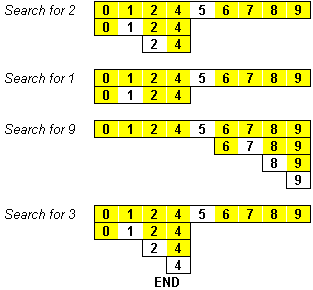
- Binary Search
Sorting
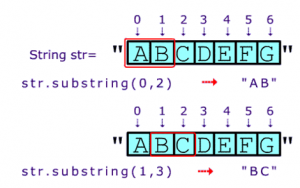
Recur
bunnyEars2() (try to figure out what goes where the question marks are)
|
1 2 3 4 5 6 |
if(bunnies == 0) return 0; if(bunnies % 2 == 0) return 3 +bunnyEars2(?????); return 2 +bunnyEars2( ????? ); |
Recursion problems (bunny ears is a good, straight forward one to start with)
Two Friends Meet
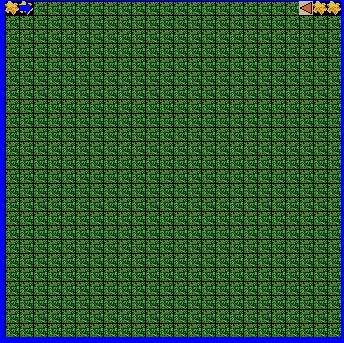
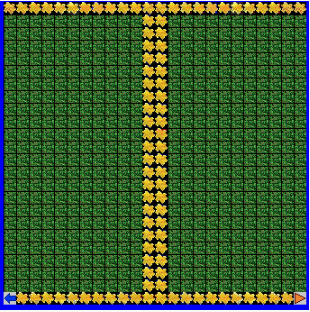
In the prior assignment (#2b), you were asked to go around the inner lake as shown below. We are going to add 1 new requirement to this
What is new this time?
recangular-lake.jev
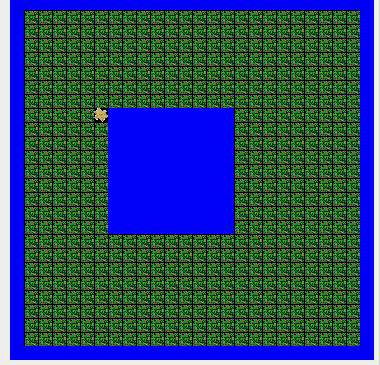
recangular-lake-if2.jev
Scroll down for a hint about how to handle if test #1 for this map.
A closerlook at if test #1 (how to get around that first if test)
rectangular-lake-bumps1.jev

recangular-lake-bump3A.jev
recangular-lake-bump3B.jev ( NOT BEING GRADED, SKIP THIS)
walk-the-lake-jacks-map.jev
Write an infinite loop (1 while loop). You may NOT use isWater()
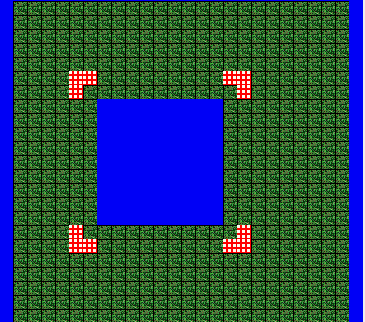
Create the map below
Create the map below
rectangular-lake.jev
1) Starting
 <
<
2) Go around lake, until you are in front of the flower

3) Then pick the flower
Good Links
You will be given a sorting algorithm to research and to present to the class in a powerpoint. Your powerpoint should
Grading Rubric Algorithm Project
|
|
4 |
3 |
2 |
1 |
| Big Oh
(double weight) |
Addresses best/worst/ave cases with clear connection to all aspects of code
|
Addresses best/worst/ave cases but does not relate to all relevant code | Addresses best/worst/ave cases but does not connect to code/is too general | Does not address all 3 cases Big Oh or does not connect to code in meaningful way |
| Animation of algorithm(double weight)
|
Animation is clearly connected to all aspects of code | Animation is connected to critical areas of code | Animation is not clearly connected to actual code | Animation and code are not related to one another |
| Overview(double weight)
|
Gives a clear and enlightening overview of how the algo works in general. | Overview of algorithm is technically correct and discusses most of the relevant features. | Algorithm is vaguely summarized or is not well explicated. | Algorithm is not explained in a meaningful way.
|
|
|
Computer Science club 1/13 in room B100 (not near library, but near the Guidance office)